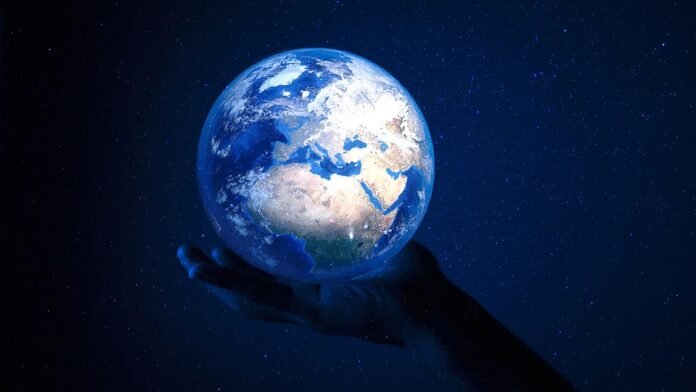A study published in the journal Science Advances has revealed a dramatic shift in global water distribution, showing that the Earth’s land areas have been drying out at an accelerating rate since 2002.
Using satellite data from NASA’s GRACE and GRACE-FO missions, researchers found that continents are losing vast amounts of freshwater each year — equivalent to drying an area twice the size of California annually.
The study highlights a growing imbalance: dry regions are becoming even drier more rapidly than wet areas are getting wetter. This trend, referred to as “land drying,” is most pronounced in the Northern Hemisphere, affecting large parts of North America, Canada, Russia, Central America, the Middle East, Europe, Central Asia, and Northern China.
Alarmingly, the report states that around 75% of the global population — across 101 countries — lives in areas where freshwater resources have declined since 2002. The study also notes a major shift in how water loss contributes to rising sea levels, with land-based water depletion now playing a bigger role than melting ice sheets in Greenland and Antarctica.
Scientists attribute this trend to both climate change and human activity, including overuse of groundwater and poor water management. If the current pace continues, the consequences could be severe — from declining agricultural productivity and increased food insecurity to cross-border water conflicts and climate-driven migration.






